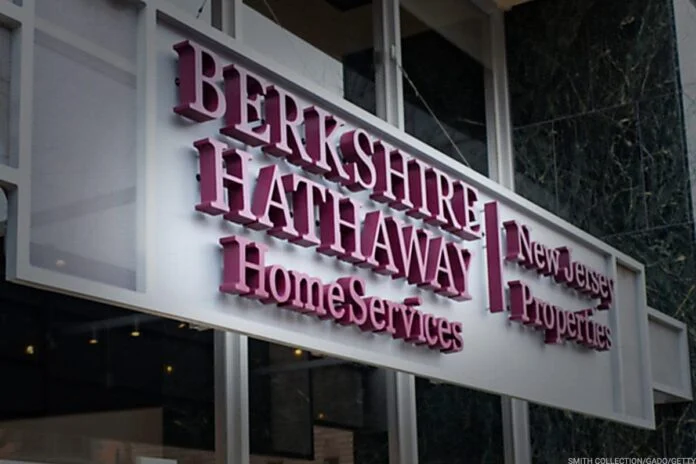Staff Reporter
Warren Buffett and his company, Berkshire Hathaway (NYSE:BRK-A)(NYSE:BRK-B), have never issued a dividend, as Buffett has always believed in reinvesting capital for greater shareholder rewards.
Over the past six decades, the Oracle of Omaha has validated that strategy. However, this doesn’t mean Buffett and his investment team shy away from dividend-paying stocks.
After all, earning passive income from investments is appealing, even if stock performance fluctuates. This year, Buffett and Berkshire are expected to generate over $1.3 billion in passive income from two key investments.
Chevron: $811 Million in Annual Dividends
In recent years, Buffett and Berkshire have focused on U.S. oil and energy producers. Despite subdued oil prices, Buffett believes that demand for oil and gas will persist, and prices will eventually rebound.
This outlook has led Berkshire to acquire over 118.6 million shares of Chevron (CVX), representing nearly 6% of its portfolio as of the first quarter. Chevron is now Berkshire’s fifth-largest equity holding.
Chevron has maintained a quarterly dividend of $1.71 per share for the first two quarters of this year, offering a yield of approximately 5%. If this trend continues and Berkshire retains its shares, the company will receive around $811.3 million in dividends from Chevron this year.
Chevron has a solid dividend history, having increased its quarterly payout by 5% this year, marking the 38th consecutive annual increase. Though the company’s free cash flow for the first quarter of 2025 was $1.3 billion—lower than usual—adjusted figures showed $3.7 billion, sufficient to cover the $3 billion in quarterly dividends.
Furthermore, Chevron’s management stated during the first-quarter earnings call that ongoing growth projects are expected to generate an additional $10 billion in free cash flow by 2026, assuming oil prices hit $70 per barrel.
They emphasized that growing the dividend remains a priority, indicating that share buybacks would be reduced before any cuts to dividends.
Kraft Heinz: $521 Million in Annual Dividends
Buffett’s history with Kraft Heinz (KHC) is well-known among investors. In 2013, Berkshire partnered with Brazilian private equity firm 3G to acquire Heinz for over $23 billion, later merging it with Kraft in 2015.
Since then, the stock has struggled, with some analysts suggesting it could be one of Buffett’s poorer investments.
Speculation surrounds potential moves by Berkshire to sell some of its shares, especially with two of its board members set to depart. Kraft Heinz is also exploring strategic alternatives to enhance shareholder value, which could include divesting certain business units.
Despite facing challenges, Kraft Heinz has paid dividends for the past decade. However, it significantly reduced its dividend in 2019 to address debt and has not raised it since.
Currently, the dividend yield stands over 6%. Assuming Berkshire maintains its stake of over 325.6 million shares, it anticipates receiving more than $521 million in dividends this year.
Kraft Heinz’s trailing twelve-month free cash flow yield is nearly 9.5%, with analysts projecting $2.63 in free cash flow per share this year, easily covering the expected $1.60 in dividends per share.
While not the most exciting investment, potential strategic changes may unlock value, and the dividend appears secure for now.
The Services and the Content are provided to you solely for your general informational purposes, and should not be considered as legal, tax, accounting, financial or investment advice.You are solely responsible for determining whether any investment is suitable for you, considering your investment objectives, risk tolerance and personal financial situation. It is also your responsibility to evaluate the merits and risks of using the information provided on this site before making any decisions.

